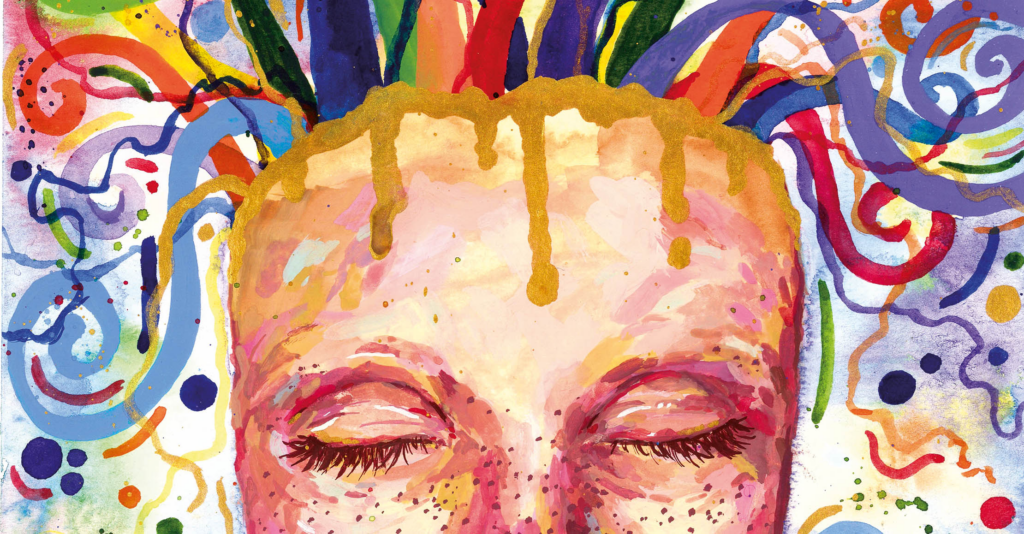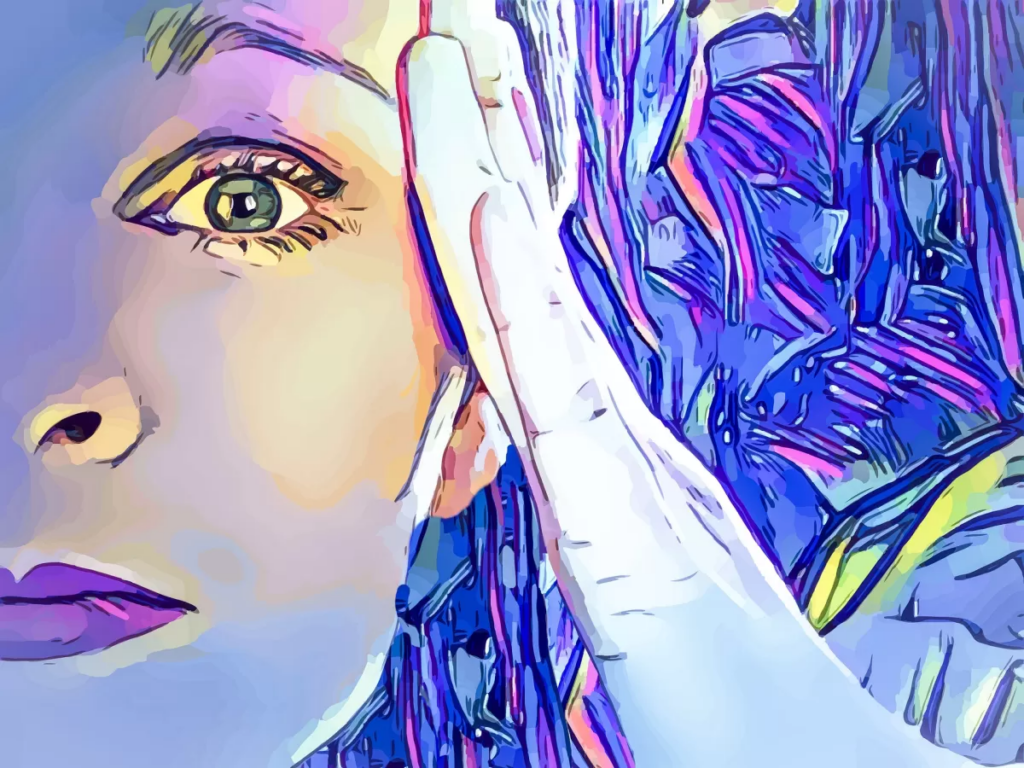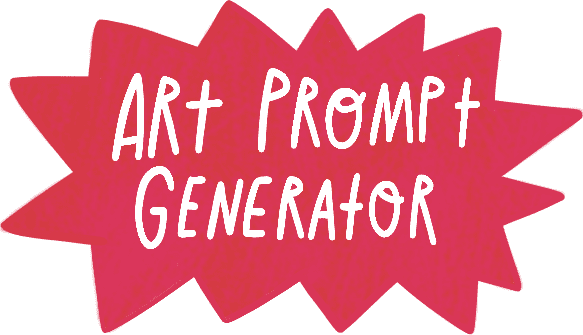
-
Pinterest
In a world that often values uniformity, neurodiversity reminds us of the beauty in our differences. Neurodiversity refers to the natural variations in the human brain that affect how we learn, socialize, focus, and feel. This includes conditions like autism, ADHD, and dyslexia. One powerful way to celebrate and affirm neurodiversity is through art. Art is a unique language that transcends words, allowing individuals to express themselves, connect with others, and embrace their unique ways of thinking.
The Power of Art in Affirming Neurodiversity
Art speaks directly to the soul. It doesn’t require words or a specific way of thinking. Instead, it invites us to explore, create, and communicate in ways that feel natural. For neurodiverse individuals, art can be a sanctuary. It’s a place where they can express their thoughts and feelings without societal expectations.
For some, traditional communication methods, like speaking or writing, can feel limiting. Art, however, opens up a world of possibilities. Whether through painting, drawing, sculpture, or digital media, art allows for free expression. It enables individuals to convey complex emotions, thoughts, and ideas in a way that feels comfortable and empowering.
Creating a Safe Space for Expression
A critical aspect of affirming neurodiversity through art is creating a safe, inclusive space. This is a space where everyone feels welcome to express themselves without fear of judgment. It means embracing all forms of creativity and encouraging experimentation. Here, there are no right or wrong answers—just the joy of creating and exploring one’s unique perspective.
For educators, parents, and caregivers, this involves recognizing and celebrating the strengths of neurodiverse people. It’s about understanding that each person’s approach to art—and life—is valid and valuable. By doing so, we support the creative development of neurodiverse individuals and help build their confidence and self-esteem.
Art as a Tool for Connection and Understanding

-
Pinterest
Art can bridge gaps and foster connections. For neurodiverse individuals, it’s a way to communicate with others and share their experiences naturally. Through art, they can tell their stories, share their perspectives, and invite others to see the world through their eyes.
For the broader community, engaging with art created by neurodiverse individuals fosters understanding and empathy. It challenges preconceived notions and encourages us to appreciate the diversity of thought and experience in our world. Art becomes a conversation starter, allowing us to explore complex issues like neurodiversity in an accessible and impactful way.
The Therapeutic Benefits of Art for Neurodiverse Individuals
Art therapy is a powerful tool for mental health and well-being. This is especially true for neurodiverse individuals. Creating art can be soothing and grounding, helping to reduce anxiety, manage stress, and improve focus. It also provides a sense of accomplishment as individuals see their ideas take shape.
Moreover, art helps neurodiverse individuals process their experiences and emotions in a safe, non-verbal way. For those who struggle with verbal communication, art offers an alternative outlet. It allows them to explore and work through their feelings in a supportive environment.
Celebrating Neurodiverse Artists
There is growing recognition of the incredible contributions neurodiverse artists make to the art world. These artists bring unique perspectives and innovative approaches to their work. They often challenge conventional ideas of what art can be. Celebrating these artists not only affirms the value of neurodiversity but also enriches the cultural landscape for everyone.
Organizations and galleries dedicated to showcasing the work of neurodiverse artists play a crucial role. By providing platforms for these artists, we can help break down barriers and promote a more inclusive and diverse art community.
How to Support Neurodiversity Through Art

-
Pinterest
Supporting neurodiverse individuals in their artistic endeavors begins with encouragement and acceptance. Here are a few ways to help neurodiverse artists thrive:
- Provide access to materials and opportunities: Ensure neurodiverse individuals have access to a variety of art supplies and opportunities. This might include attending art classes, visiting galleries, or participating in community art projects.
- Celebrate their unique approach: Recognize that neurodiverse individuals may approach art differently. Celebrate these differences and encourage them to explore their unique styles and methods.
- Create an inclusive environment: Whether at home, in school, or in the community, strive to create spaces where neurodiverse individuals feel safe and supported. This means being patient, open-minded, and non-judgmental.
- Showcase their work: Whenever possible, find opportunities to showcase the art created by neurodiverse individuals. This could involve organizing art shows, sharing their work online, or displaying their creations at home or in the community.
- Engage in art together: Art can be a wonderful way to bond with neurodiverse individuals. Consider engaging in creative activities together, whether it’s painting, drawing, or exploring new art forms. This shared experience strengthens relationships and fosters mutual understanding.
More Related Posts:
- Make a Positive Impact: 8 Art Programs You Can Start Right Now
- Best Art Therapy Tools for Mental Peace and Stress Relief
- Discover a Hobby, Transform Your Life
Appreciate the Diverse Tapestry of Human Experience!
Affirming neurodiversity through art is about more than just creating beautiful works. It’s about recognizing and celebrating different ways of thinking and being. Art provides a powerful medium for neurodiverse individuals to express themselves, connect with others, and share their unique perspectives with the world. By supporting neurodiverse artists and fostering inclusive environments, we can help create a world where everyone’s creativity is valued and celebrated. In doing so, we enrich the lives of neurodiverse individuals and enhance our collective understanding and appreciation of the diverse tapestry of human experience.

